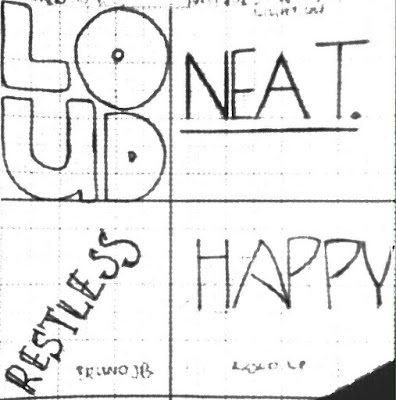Lecture
Today is final submission for Task 2 so we started the lecture off with a discussion on what we have done to gather feedback from Mr. Vinod and our peers.
Next Mr.Vinod explained the next task: Type Arrangement
This task requires us to create an advertisement.
1) The logo is a MUST and the product is optional
2) The headline is the emphasis of the ad - THE HEADLINE IS IMPORTANT AND SHOULD TAKE UP A LOT OF SPACE
3) BLACK AND WHITE PRESS AD
When you have a copy driven ad:
- 70% space is copy (text - only the headline and body)
- 30% (logo and product)
Task 2 (10%): Ad Expression
You are required in this task to express the headline of a black and white advertisement for Tiger Balm. The ad must express to the type the inherent meaning of the words in context of the Ad.
You are required in this task to express the headline of a black and white advertisement for Tiger Balm. The ad must express to the type the inherent meaning of the words in context of the Ad.
The copy for the Ad is as follows:
Headline: FEEL THE HEAT!
Copy: Tiger Balm, the world’s leading analgesic remedy that works where it hurts. A name that has been trusted by generations to provide care, healing and comfort for nearly 100 years. With its unique formulation specially made with herbal ingredients which are proven safe and effective, Tiger Balm’s healing properties and soothing relief for aches and pains restore balance to modern hectic lifestyles.
You may use minor graphical elements like lines or dots (if relevant or needed) to aid in the expression of the headline. This is not a visually driven Ad, so do not give undue attention to the product or logo, emphasis is on the headline and copy.
Black and white Press Ad.
Newspaper: TheSun
Size: 128 W x 178 h
Outline around Ad: 0.5 pt stroke width
Outline around Ad: 0.5 pt stroke width
Mode: Black & White
Marking Criteria: Your work will be judged on whether you have been able to express the meaning or action of the headline through your designs. The designed headline in the type expression task must showcase sensitivity and creativity in the choice of font, its relevancy and its suitability in context of the Ad. It must reflect the inherent meaning of the headline. You will be judged on whether you have demonstrated critical thinking and exploration, research capability, ability to chronologically document your process and reflect on your journey. This evidence must be visible in your postings in the eportfolio and your in-class process work.
Research:
It didn't take me much to get started, I just needed a trigger of inspiration from ads that I perceived to have great use of the correct font style to carry their message. Another factor I looked at was how they composed the whole ad with their words, and their use of grammar. Where were they placed and how they were (sometimes) distorted for visual appeal.
Progress:
PRINT NEXT ASSIGNMENT IN PDF.
Experience:
I've done similar assignments in Graphic Design, so it wasn't hard to get started. I knew what I needed to see in order to get my creative thought processes started.
Observations:
I'm still trying to manifest ideas and find examples where I can create an out-of-the-box picture with the few elements I have to work with. I have an idea of what I can do, but if I can find something that can make my experience doing this assignment a little but more challenging, I would. Or just something that is unexpected.
It also depends on my time management.
Finding:
Designing an ad on on Illustrator is much more satisfying because I'm working with precision that I did not have access to in Photoshop. I like that I can align elements exactly where I need them to be. The hardest part of this assignment is probably editing photos on Illustrator? I'm just unsure about the buttons and where everything I need is. (For example , crop? Illustrator doesn't have crop, it's called something else.. I think it was, "mask"? or "unmask"?)






































